I’ll never forget the first time I roasted broccoli florets. Their flavor was no longer a nuisance to endure but a delight to enjoy. The crispy edges and caramelized, deep flavor excited me. I’ve been roasting vegetables ever since.
And I definitely roast more than broccoli. Just about every vegetable has made its way into my scorching hot, pre-heated oven over the years.
If you’re new to roasting vegetables, we hope you’ll give them a try. It has become a skill that is essential to creating easy, delicious, and healthy meals.
If you’re a roasting pro, stick around. We can all use inspiration for some variation. (check out this philosophy on a slow and low veg roast).
STEP ONE – Pick the right vegetable.
Most vegetables can be roasted in the oven. Root veggies (potatoes, parsnips, carrots, beets) are traditional favorites. But check out your crisper drawer for more options (broccoli, cauliflower, zucchini, bell peppers, corn, onions, cabbage, brussels sprouts).
If you’re new to roasting, stick to one vegetable at at time. When you’re feeling more confident, roast vegetable friends (potatoes, sweet potatoes, butternut squash) (broccoli, cauliflower).
STEP TWO – Prep your vegetables.
Your success for roasting is dependent on your preparations. First, you vegetables need to be cut in to uniformly sized pieces. Smaller pieces cook quickly, larger pieces cook slowly. Second, they need to adequately coated in fat (veg oil, olive oil, coconut oil, bacon fat). This helps them brown without sticking to your sheet pan. A good rule of thumb is about 1T oil for 1 lb of vegetables.
STEP THREE – Season your vegetables.
Start with salt, pepper, and garlic. When you’re comfortable there, venture into other aromatics (ginger, shallots, leeks). Top them off with spices you already cook with (chili powder, cumin, oregano) (cinnamon, cloves, ground ginger) (paprika, turmeric, curry powder). Make sure there is enough spice for each piece to get a bit.
STEP FOUR – Prep your oven and pan.
Your oven should be warm – 425*-450* F. When I think ahead, I like to preheat my sheet pan as well. I prefer to use a half-size, aluminum sheet pan (13″x18″). I spray it with a quick burst of cooking spray before I pour my veggies on. Just one more step in preventing the dreaded stick.
Your vegetables need room to sweat and caramelize, so when you do pour them on the pan, be sure they have room to breathe. If they are too crowded, split onto two sheets or save some for another batch. It is not worth crowding them on the pan.
STEP FIVE – Roast until they toast.
Give your vegetables the time they need to roast properly. For me, that’s always 10 extra minutes beyond what the recipe suggests. Plan on it. You want to give them the time they need to develop the caramelized bits.
As far as flipping your vegetables is concerned, I prefer flipping only once during the cooking process. Resist the urge to fuss with them until you can see a crusty, toasted bottom on the majority of the pieces. If your oven is cooking unevenly, rotate your pan before you are tempted to flip them over. That first undisturbed cooking time develops the best crusty pieces of vegetables. It’s worth every bit of self control you need to exhibit. Trust me.
STEP SIX – Finishing touches.
When you are adequately satisfied with your roast, give a couple pieces a taste. You may want to dust a little more salt or pepper on top. Or maybe you want a finishing sauce (soy sauce, fish sauce, sirarcha, honey, vinegar, citrus juice). Or maybe you want to add a crunchy component for a topping (bacon, bread crumbs, parmesan cheese, nuts).
I prefer to do the topping before moving my vegetables to a serving dish. You will have more even distribution and you won’t need to stir your softened vegetables, risking smashing them.
STEP SEVEN – Enjoy.
I like to serve roasted vegetables immediately. Those crusty bits soften the longer they sit. And those crusty bits need to be enjoyed. Mmmmmmmm.
STEP EIGHT – Leftovers.
I always make extra. I fight my family for the leftovers. I have been known to eat them for breakfast with a crispy, fried egg placed on top. Or I’ll toss them with some mixed greens and a vinaigrette for an easy, satisfying lunch.
INSPIRATION –
Check out these basic recipes from Bon Appetit to get you started:
Or check out their Roasted Vegetable Matrix to spice things up:
Photo Credit: Bon Appetit

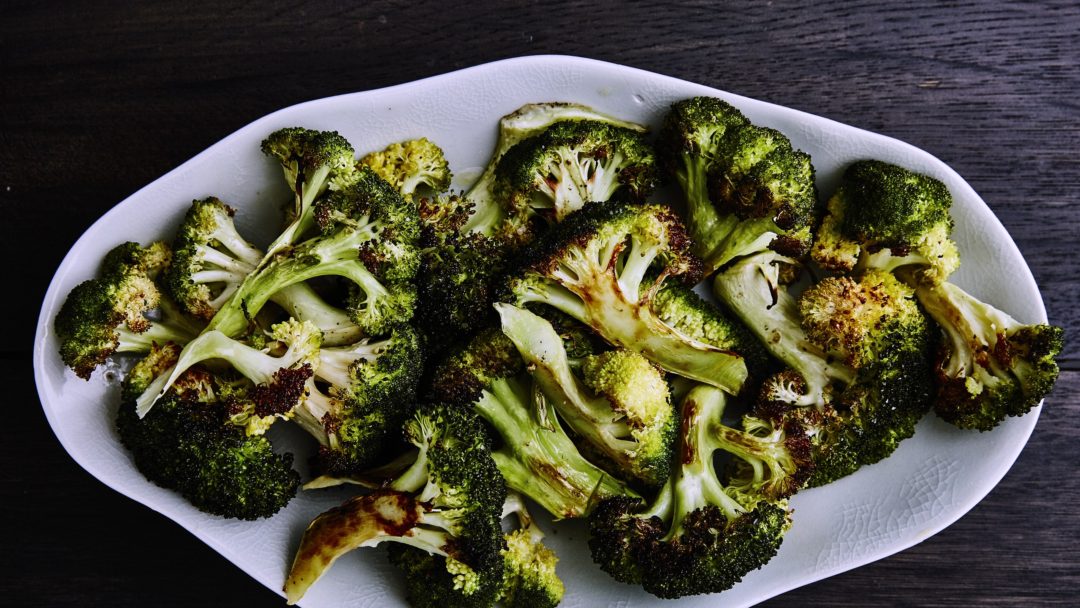
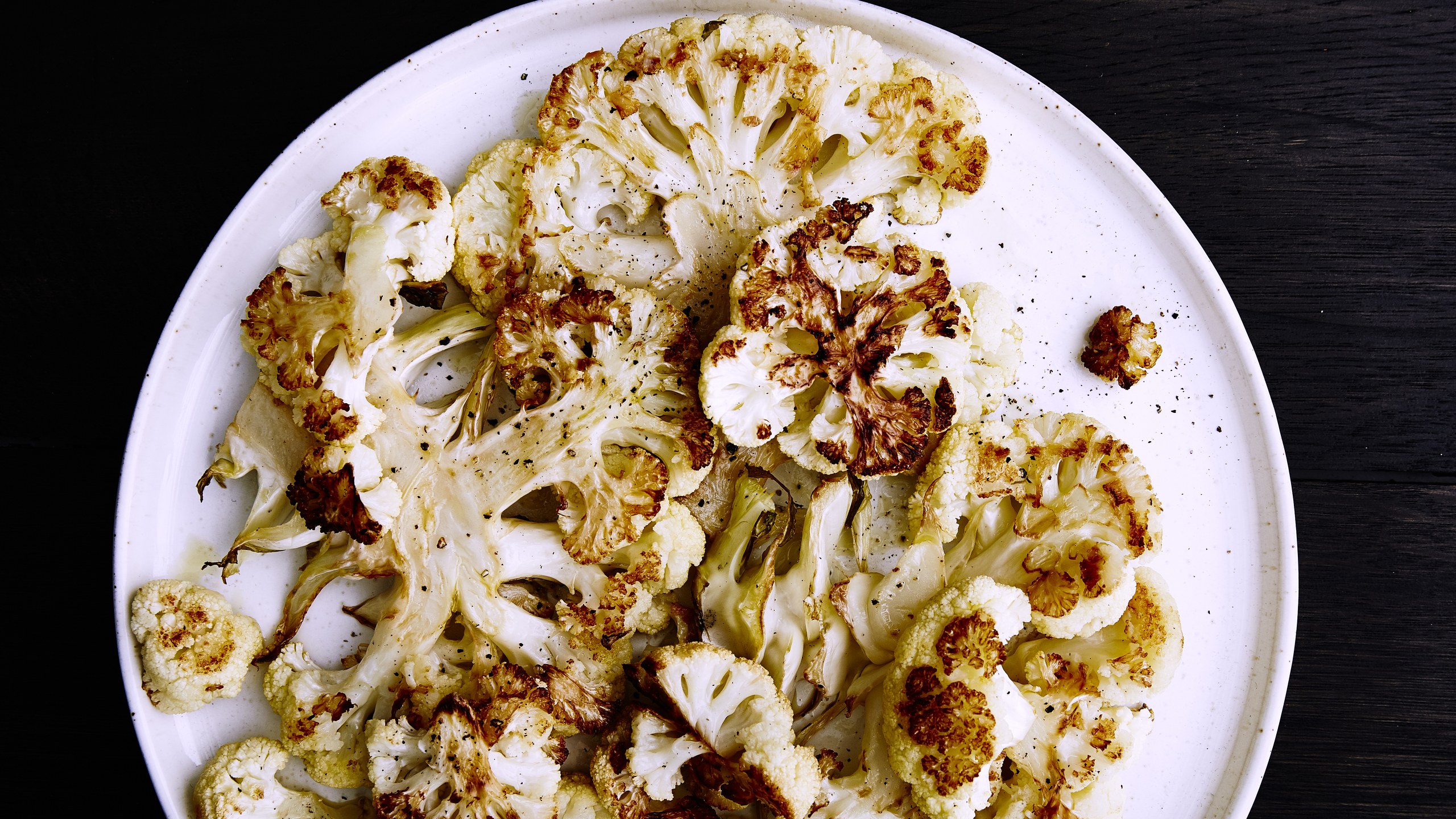
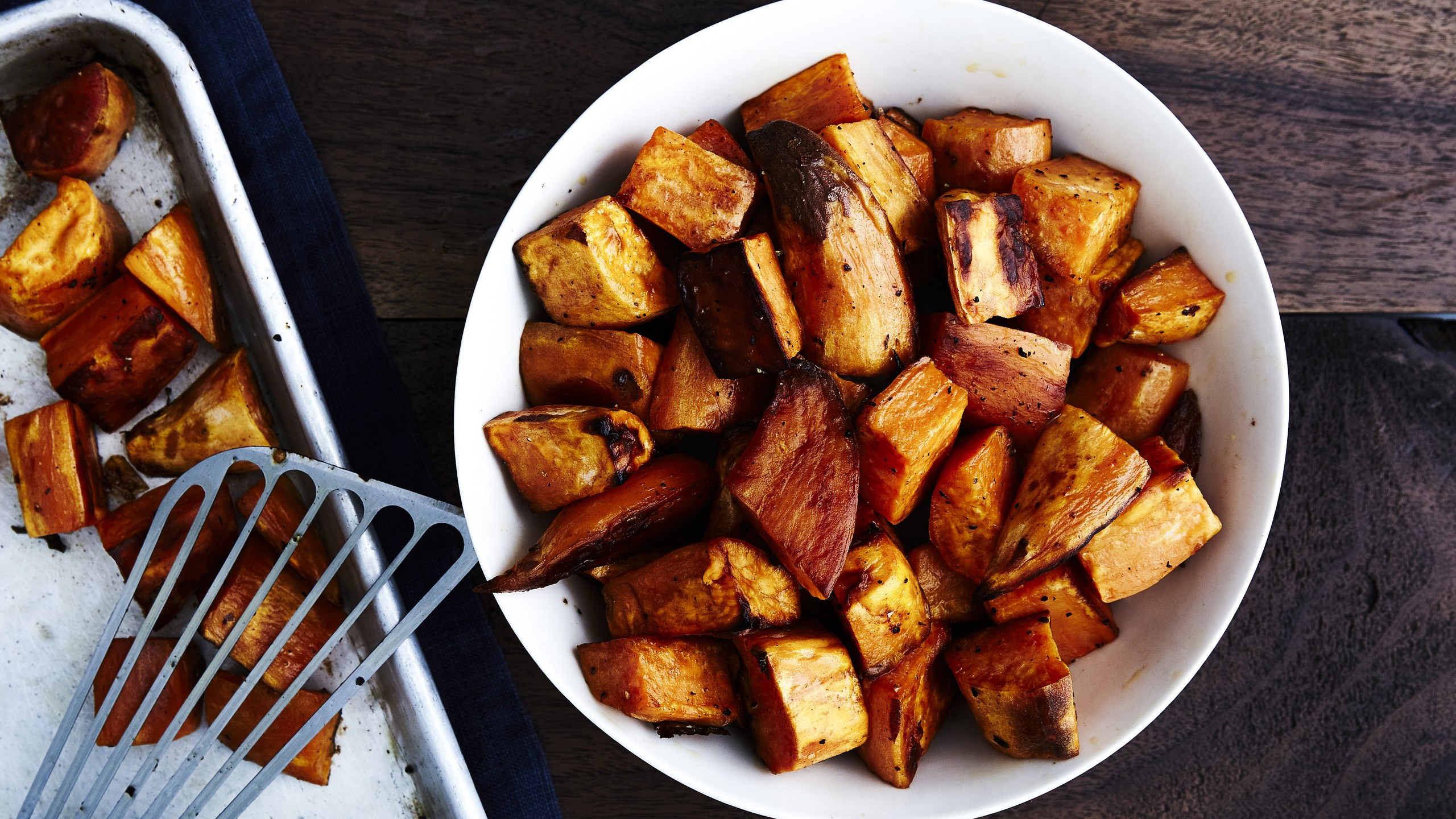
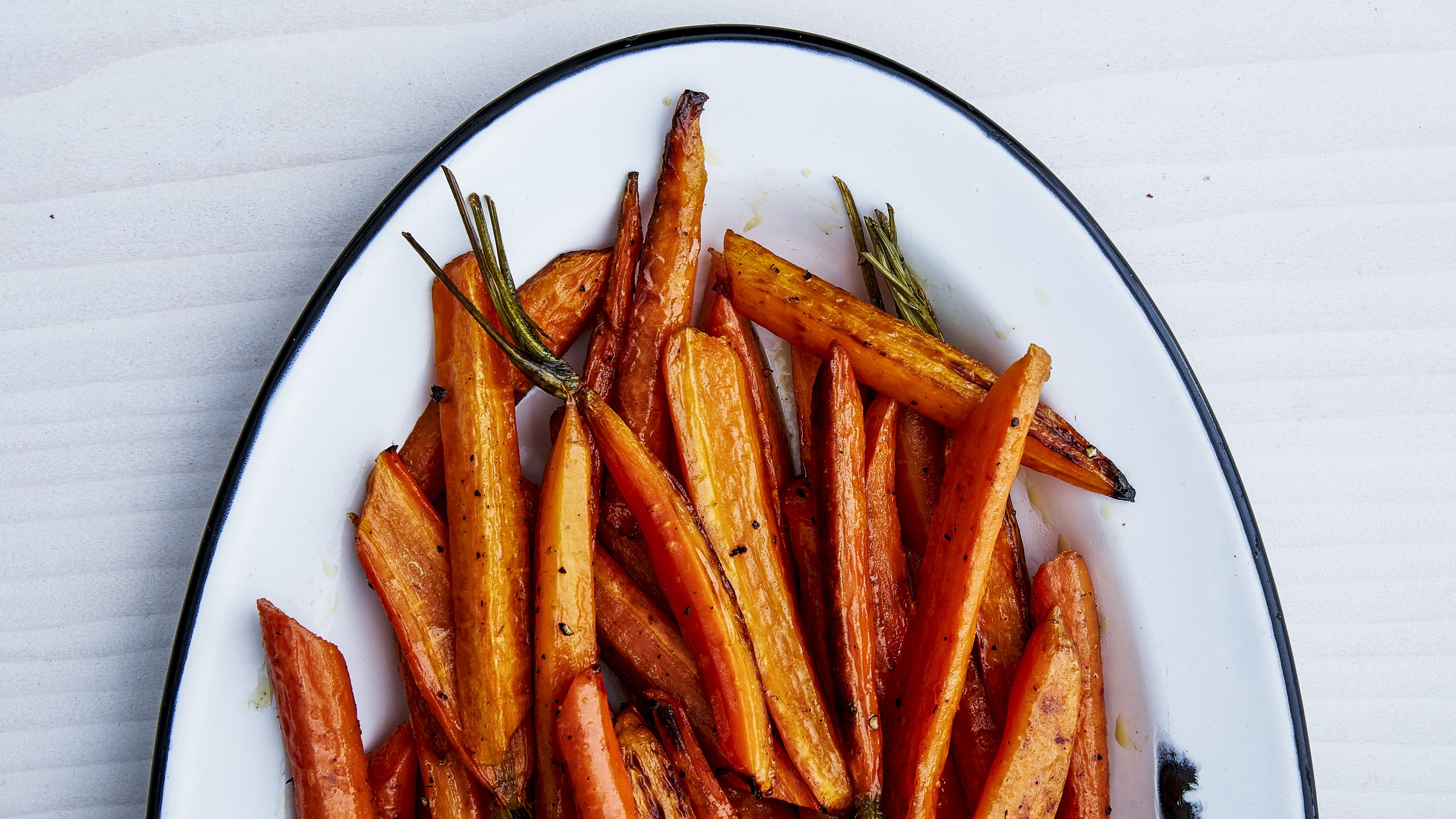
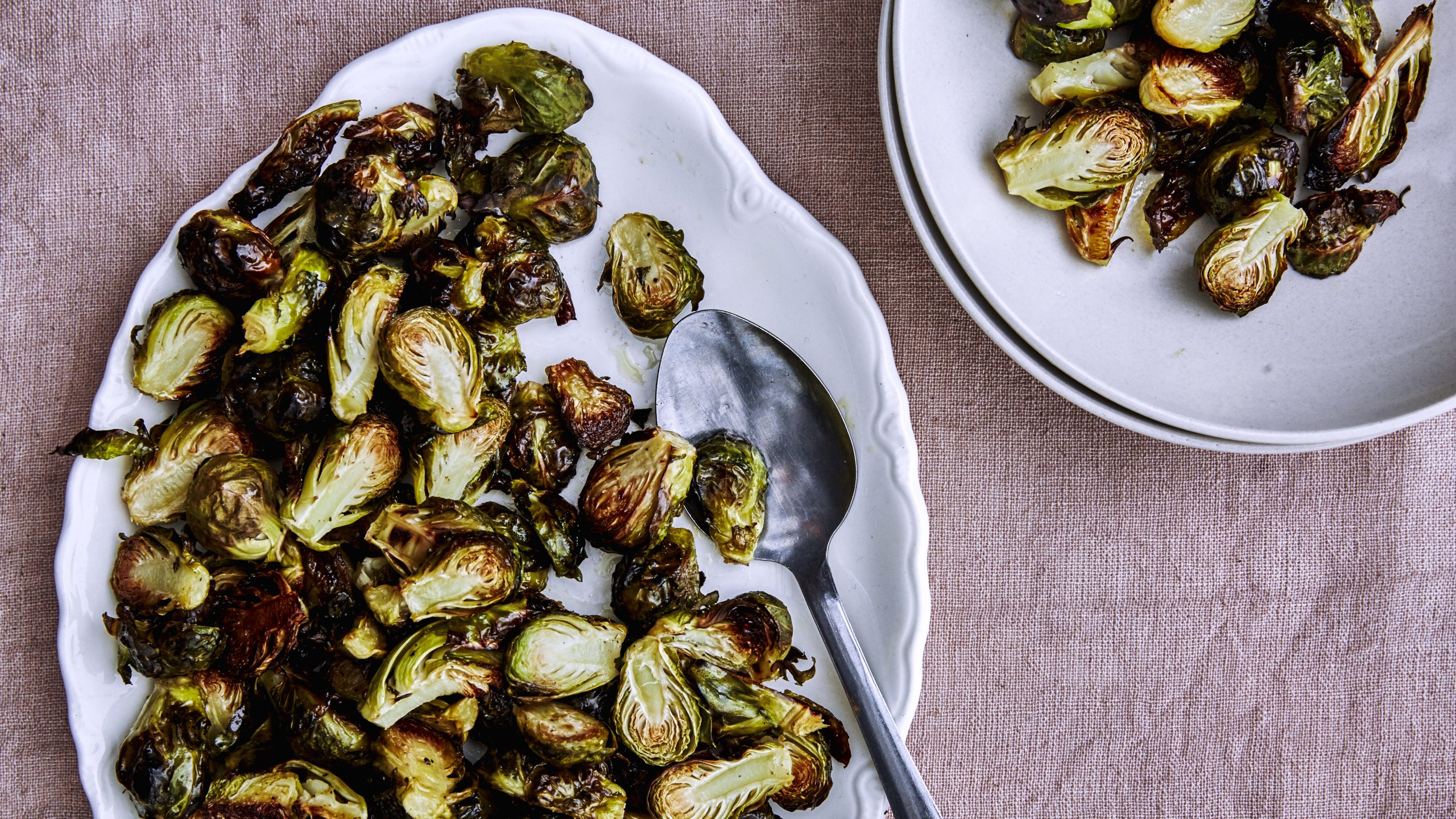

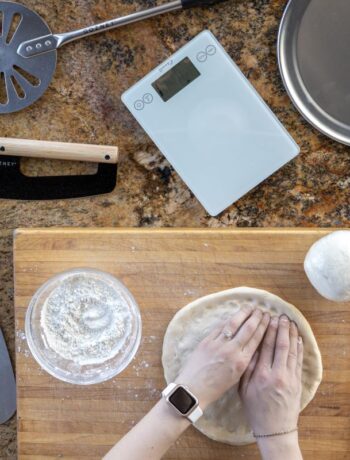
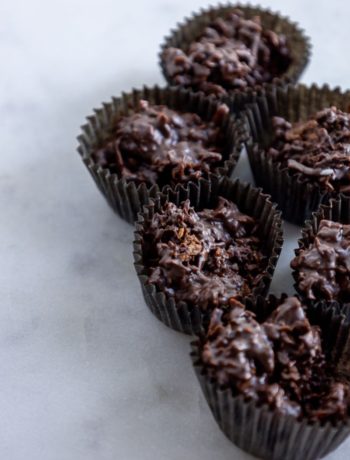
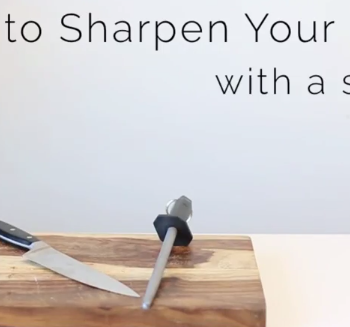
No Comments